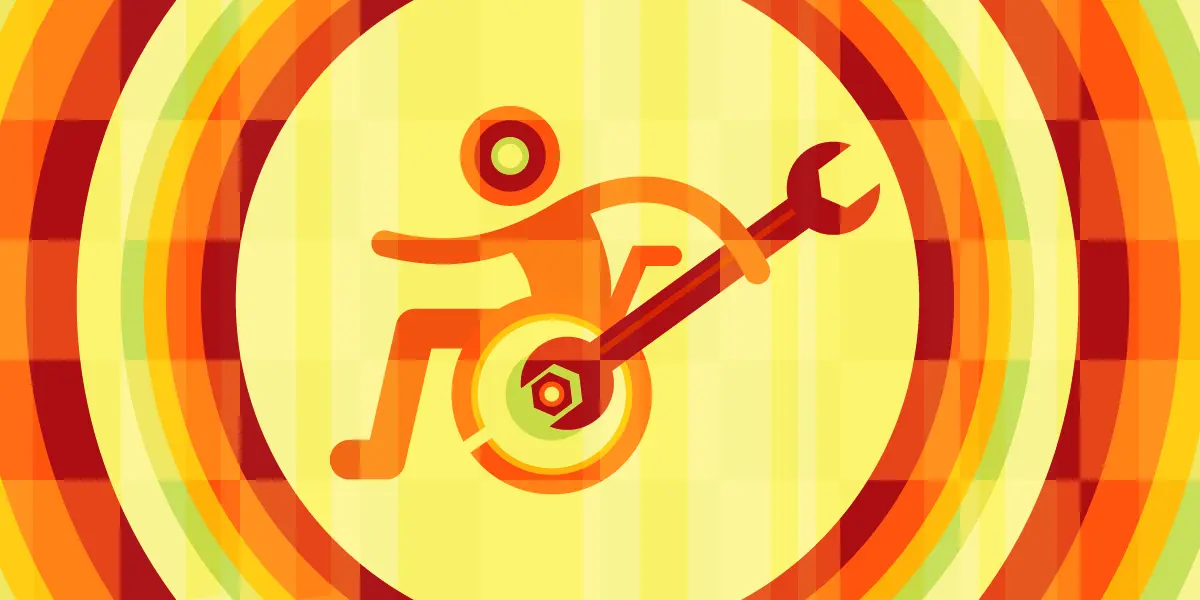Voluntarily sharing informative posts from unaffiliated sources.
- 249 Posts
- 11 Comments

 1024·4 months ago
1024·4 months agodeleted by creator

 484·4 months ago
484·4 months agodeleted by creator

 61·4 months ago
61·4 months agodeleted by creator

 14·4 months ago
14·4 months agodeleted by creator

 25·4 months ago
25·4 months agodeleted by creator

 735·4 months ago
735·4 months agodeleted by creator

 115·4 months ago
115·4 months agodeleted by creator

 183·4 months ago
183·4 months agodeleted by creator
deleted by creator

 116·5 months ago
116·5 months agoSummary:
- Nintendo has discontinued support for X (formerly Twitter) integration on the Nintendo Switch console.
- The reason for pulling support is likely due to pricing changes to the X API, which now starts at $42,000 a month for enterprise customers.
- Microsoft and Sony also removed X integration from their consoles (Xbox and PS5/PS4) last year, but didn’t specify the reason.
- Slack, a communication platform, also pulled support for X integration due to the API updates impacting its functionality.
- Console gamers will no longer be able to connect directly with X, despite the X Gaming account claiming that its “partnership with Nintendo remains strong” in a now-deleted post.

 21·5 months ago
21·5 months agoSummary:
- Meta (Facebook and Instagram’s parent company) will start using Australians’ social media posts and activity dating back to 2007 to train their artificial intelligence (AI) tools.
- This policy update will take effect on June 26, 2024.
- Only users in the European Union and the U.S. state of Illinois can currently opt out, due to AI protection laws like the GDPR.
- Many Australians were unaware of this policy change and expressed concerns about privacy and the impact on artists’ livelihoods.
- Artists like Sara Fandrey and Thomas Fitzpatrick are worried this will negatively impact their work and the creative industry.
- Experts explain that while this may not be copyright infringement, it poses a threat to artists’ economic assets and business models.
- Advocacy groups have launched complaints against Meta in the EU, and some users are migrating to alternative, artist-run social platforms like Cara to avoid AI-powered content generation.

 34·5 months ago
34·5 months agoSummary:
- A survey by BambooHR found that some US companies implemented return-to-office (RTO) policies in the hopes of getting workers to quit.
- 52% of respondents prefer working remotely, while 39% prefer working in an office.
- 37% of managers believe their organization enacted layoffs because fewer employees than expected quit during RTO.
- 25% of VP and C-suite executives and 18% of HR professionals admit they hoped for some voluntary turnover during RTO.
- 22% of HR professionals said their company has no metrics for measuring a successful RTO.
- 28% of remote workers fear they will be laid off before those working in the office.
- 45% of people surveyed whose companies have RTO policies said they lost valued workers.
- 28% said they would consider leaving their jobs if their employer enacted an RTO mandate.
- The survey found that remote and in-office employees spend an equal amount of time working (76% of a 9-to-5 shift).
- In-office workers spend around one hour more socializing than remote workers, while remote workers spend that time on work-related tasks.
- 32% of managers said one of the main goals of their firm implementing an in-office policy was to track employee working habits.
- 48% of respondents said their work results have improved since returning to the office, and 58% said they have a stronger professional network.

 341·5 months ago
341·5 months agoRelated:
- Spotify’s royalty system has faced criticism for not paying artists their fair share (Nov. 29, 2023, MSNBC)
The platform does not pay according to a per-stream rate, but rather puts all the revenue from subscribers and ads into a giant pot, and divides that share according to their respective “streamshare.” Under this model, artists are estimated to receive between $0.003 to $0.005 per play.
That’s about to change. Beginning early next year, Spotify will only pay royalties to artists whose tracks have been streamed 1,000 times in the past 12 months, effectively locking out the smallest artists from the “streamshare” pot. The money that would have been paid out to these small artists — which Spotify said amounts to $40 million a year — will instead go to “those most dependent on streaming revenue.”
According to Spotify, artists generally don’t pocket the earnings from tracks that have under 1,000 streams anyway, because they don’t meet the labels and distributors’ minimum withdrawal amount. The company also says it does not make any additional money under the new model. But musicians have said they feel the model is “putting a number on art," and industry experts said that this change essentially makes Spotify the arbiter of which artist is deserving of payment.
There has to be a way for multibillion-dollar companies to both keep music accessible and appropriately compensate musicians — especially fledgling, independent ones.
- Spotify made £56m profit, but has decided not to pay smaller artists like me (Nov. 30, 2023, The Guardian)
Spotify will stop paying anything at all for roughly two-thirds of tracks on the platform. That is any track receiving fewer than 1,000 streams over the period of a year. Tracks falling under this arbitrary minimum will continue to accrue royalties – but those royalties will now be redirected upwards, often to bigger artists, rather than to their own rights holders.
This sounds incredible, but there’s nothing to stop it. And their primary business partners – the three major labels – are cheering the change on because it will mean more money in their pockets.

 52·5 months ago
52·5 months agoSummary:
- Spotify has announced another price hike for its subscription plans in the United States.
- This price increase comes shortly after Spotify CEO Daniel Ek sparked outrage among music fans and creators by claiming that the “cost of creating content is close to zero.”
- Many musicians and music fans condemned Ek’s comments, arguing that music is not just “content” and that it is costly and time-consuming to create.
- Despite the backlash, Spotify is increasing its standard Premium plan by $1 to $11.99, the Duo plan by $2 to $16.99, and the Family plan by $3 to $19.99 per month.
- Spotify claims the price hikes are necessary to invest in and innovate its product features, but this reasoning is questioned given Ek’s “content” cost comments.
- Spotify is less vulnerable to customer churn compared to TV/movie streaming services, as users are less likely to switch music streaming providers due to the hassle of rebuilding playlists and losing personalized recommendations.

 185·5 months ago
185·5 months agodeleted by creator









deleted by creator